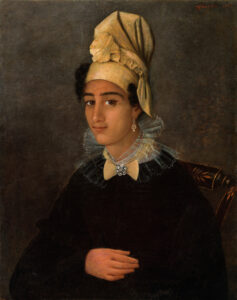Government, Politics & Law
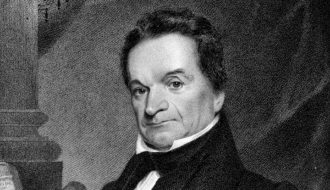
Edward Livingston
Edward Livingston worked on Louisiana's civil and criminal codes and played a role in the battle of New Orleans.

Edward Livingston worked on Louisiana's civil and criminal codes and played a role in the battle of New Orleans.
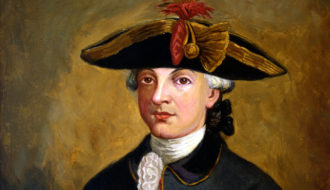
Serving from 1782 until 1791, Spanish-colonial governor Esteban Miró oversaw a period of relative economic prosperity.
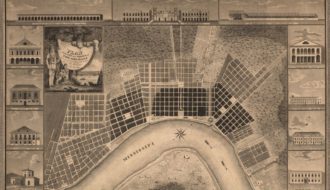
Eulalie Mandeville was an entrepreneur of extraordinary business acumen who became one of New Orleans' wealthiest free women of color.
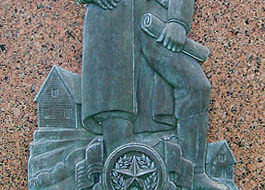
Felipe Enrique Neri, although deceptive about his own lineage, nevertheless played an important role in the settlement of the Ouachita Valley in northeast Louisiana.
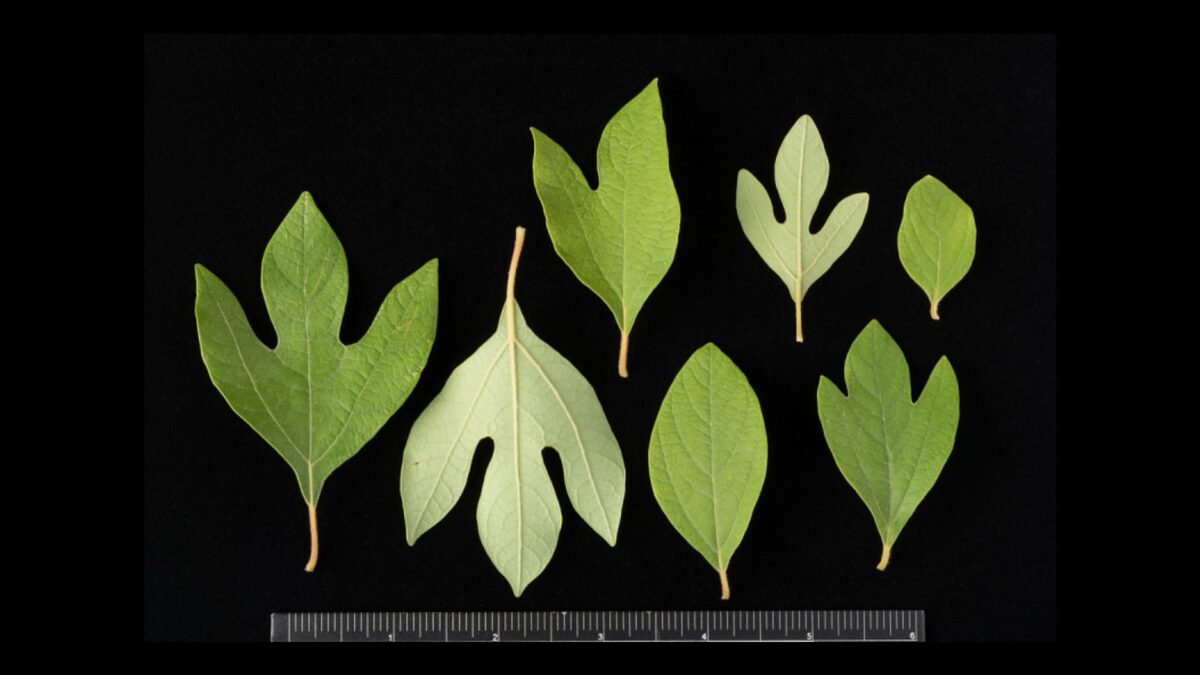
Filé, also known as filé powder or gumbo filé, is a seasoning and thickening agent made from dried and finely ground sassafras leaves.
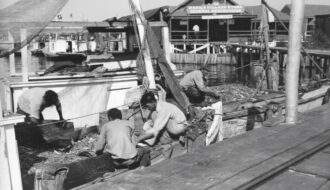
Louisiana is home to the earliest Filipino American community in the United States.
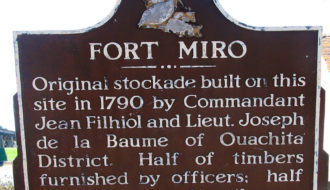
Located on the site of present-day Monroe, Louisiana, Fort Miro was a late eighteenth-century Spanish outpost that served the Ouachita River valley.

Francisco Luis Hector, baron de Carondelet served as governor of the Spanish colonies of Louisiana and West Florida between 1791 and 1797.
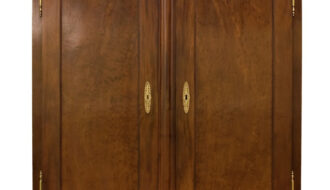
Francois Seignouret, a financially successful businessman and investor, became known as one of the greatest cabinetmakers in New Orleans, though there is no evidence that he ever made furniture with his own hands.
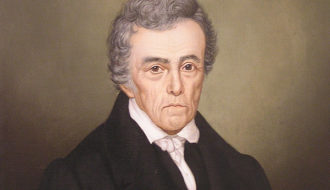
Francois-Xavier Martin was the presiding judge of the Supreme Court of Louisiana from 1836 to 1846.
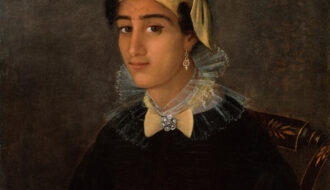
Free people of color constituted a diverse segment of Louisiana’s population and included people that were born free or enslaved, were of African or mixed racial ancestry, and were French- or English-speaking

After the Louisiana Purchase, lawmakers passed numerous restrictions against free people of color, though they still experienced some economic gains and opportunities.
One-Year Subscription (4 issues) : $25.00
Two-Year Subscription (8 issues) : $40.00
